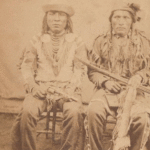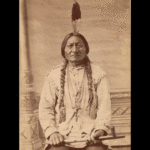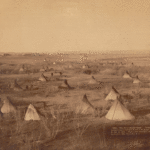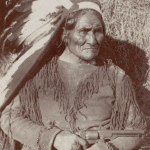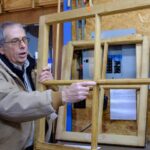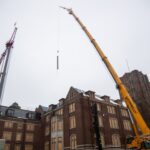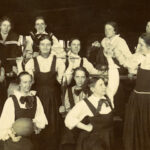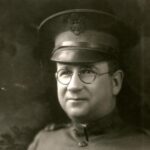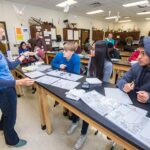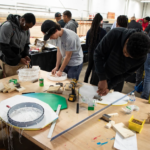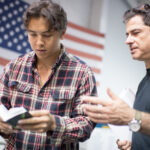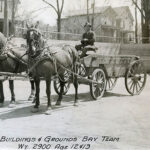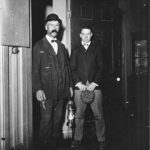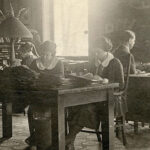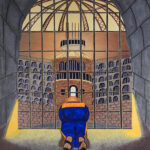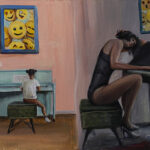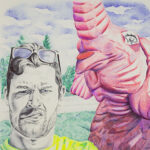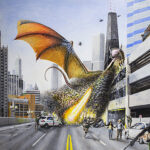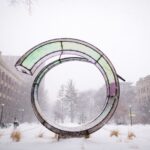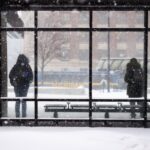Galleries
-
More than meets the eye
Sitting Bull. Geronimo. Red Cloud. These are some of the famous historical Native American figures featured in a newly acquired collection of photographs at the William L. Clements Library. Images in the Richard Pohrt Jr. collection date between 1860 and 1920. The vintage prints -- many of which come from original negatives — feature more than 70 different First Nations. This video dives much deeper into the collection. Fascinating stuff. Click on any image to enlarge. -
Restoration. Renovation. Reunion!
After nearly two years, the Michigan Union reopens its doors to the public in 2020 with a grand celebration on Jan. 13. The $85.2 million renovation began in April 2018. Enjoy these photos of this vibrant U-M landmark, so rich in history, activism, and architectural wonder. -
A building by any other name
A walk across campus delivers a ‘who’s who’ of early University pioneers, researchers, and leaders. Now it's time to put a face with a name (or, in this case, a building). All of the images here were sourced from U-M's Bentley Historical Library. -
Future Wolverines
Music. Medical training. Mental health services. U-M students and alumni deliver precious resources to young people across the state, leading by example and opening doors to the University. Learn more at Stories of our State. (All images by Michigan Photography.) -
Coming up for air
Mental health, sensible gun regulation, and the challenges of high-stakes academics are themes in a new movie by co-writer Roger Rapoport, BA ’68. Coming Up for Air, about a troubled student-athlete, showcases Canham Natatorium and longtime U-M diving coach Dick Kimball. The story takes place at a fictional University; U-M has not endorsed and is not affiliated with the picture other than serving as one location. Rapoport regularly presents excerpted scenes with Q&As for families, athletes, educators, and mental health experts. The entire film will be available Sept. 20 through myCinema, which enables theater owners to access and present specialty content. (All photos by Eric Bronson, Michigan Photography.) -
Come out and play
Wolverine baseball is back after a terrific 2019 season. It was the first time a Big Ten Conference team reached the NCAA Championship title game since 1966. These images come from Game One of the championship series in Omaha June 24, in which U-M triumphed over Vanderbilt 7-4. Let’s relive some of those magic moments. (All images: Michigan Photography.) -
Unseen and unsung
U-M always has been identified with its most prominent professors and famous alumni. But since it began, the place has depended on a small army of staffers and contractors to do the hard labor and perform the daily chores behind the scenes. Often unseen and unsung, they are the people who made the University run. (All images courtesy of U-M’s Bentley Historical Library.) -
Unlocking artistic potential
In 1996, Stamps professors Janie Paul and Buzz Alexander launched the Annual Exhibition of Art by Michigan Prisoners through their Prison Creative Arts Project. These images include selected works in the 2019 installation. Prisoners report they become more self-confident, more at peace, and more generous through art, Paul says. (Some of these images are cropped for size. Make sure to view the complete work.) -
Going to extremes
The winter of 2018-19 has taken its frigid toll on Michigan’s residents, both furry and otherwise. Who remembers slogging through the slush on the Diag? We'd love to hear your horror stories. (Photos by Michigan Photography.)

